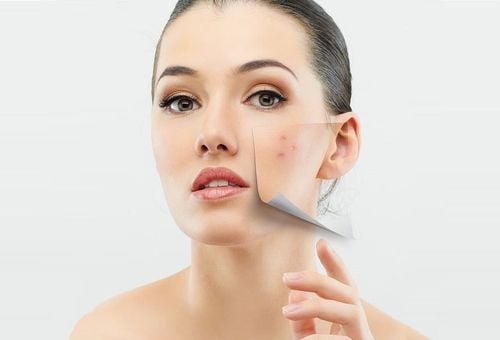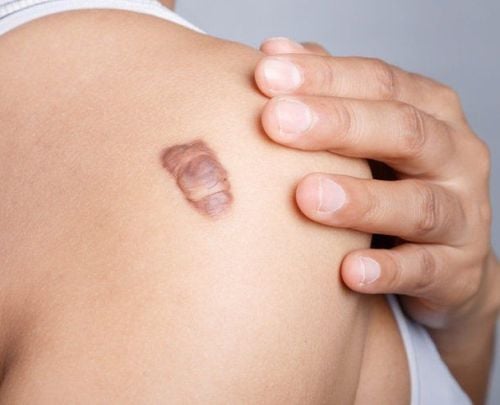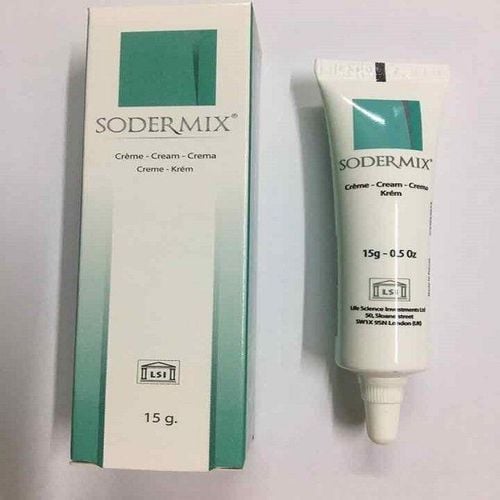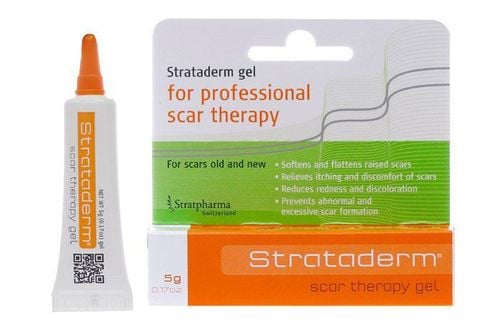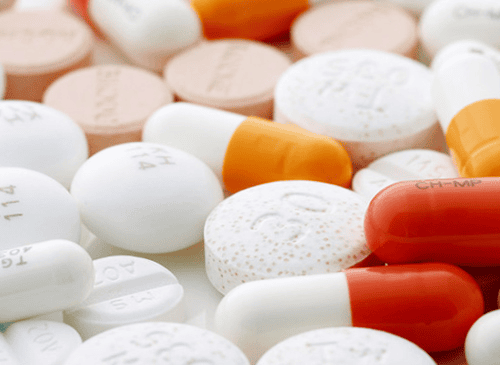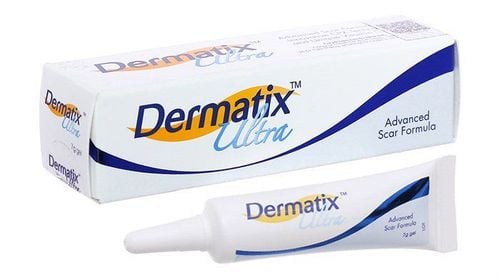This is an automatically translated article.
Keloid scars affect the aesthetics and psychology of the patient. Therefore, many patients have found effective methods of treating keloids. The method of keloid scars is a technique that is being applied more and more widely today.
1. Mechanism of keloid formation
The process of forming keloids is one of the body's self-healing instincts when it comes to injury. Without scarring, the wounds will lose blood, become infected, and even cause death.
Scar is an organization different from the skin, mainly fibrous tissue, connective fibrous system. Keloid scar is a condition in which the body continues to proliferate fibrous tissue and connective fiber system after wound healing, causing the scar to enlarge and grow larger and larger than the original injury area. Keloids are usually shiny, firm, pink, purple, or brown in color and cause itching.
Keloids form mainly due to causes such as: type of wound, keloid location, body position, wound nature, wound care process,... Keloids can appear on the shoulder , chest, back, face, earlobes,...
MORE: Is there a way to flatten keloids?

Sẹo lồi có thể xuất hiện ở nhiều vị trí khác nhau trên cơ thể
2. Methods of treating keloids
There are many methods used to treat keloid scars such as:
Using topical products: Scar cream mainly contains liquid silicone, when applied to the skin, it will create a film, pressing the scar down, stabilizing the surface. scar and avoid hypertrophy. The use of scar cream is actually to prevent the formation of keloids. If you already have a keloid, applying cream will not work to flatten the scar; Cryotherapy: Apply cold nitrogen gas to the scar. This method causes pain for people with keloids and high risk of recurrence; Irradiation to the scar area; Inject substances into the scar tissue to flatten the scar. The substance used is corticosteroids, which help reduce the size of the keloid and reduce irritation. The most commonly used corticosteroid is triamcinolone ; Scar removal surgery: Indicated in the treatment of large keloid scars, in sedentary areas, have stabilized and have little risk of recurrence. SEE ALSO: Local injection of the lesion effectively cures keloids
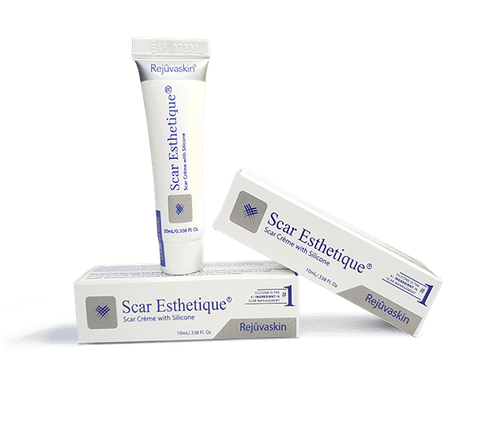
Kem trị sẹo lồi giúp ép sẹo xuống và tránh phì đại
3. Details of laser method is flat keloid
Laser is an advancement in the medical industry, has a wide range of applications, including the treatment of keloids. The types of lasers used to treat keloids are either invasive or non-invasive. Ablative laser treatment is the use of CO2 and Erbium-Yag rays to remove layers of skin. Non-invasive laser treatment is the use of laser pulses to stimulate the skin to produce collagen, regenerate new skin.
When using laser technology, light energy affects tissue proliferation, reducing fibrous tissue layer by layer, so keloids are flattened layer by layer. Usually, scar reduction is done in one session. That means that the scar does not have to be flattened after just one treatment, but it needs to be done many times to achieve aesthetic value, helping the flattening process of the scar to be sustainable.
The advantage of laser technology in the treatment of keloids is that it does not cause pain, the scar is flattened over time. At the same time, laser technology also helps to lighten the scar, treat the blood vessels below the scar, does not cause itching and the recurrence rate is very low. Thus, the laser technique is quite safe and effective. Therefore, many dermatologists and estheticians have indicated to use laser in the treatment of keloids.
In addition to the laser method of flattening keloid scars, it is possible to combine technology for vascular treatment, technology for deep treatment, and use of topical and oral products to bring about better overall effects, helping patients quickly. recovery, completely flat keloid scars.
Please dial HOTLINE for more information or register for an appointment HERE. Download MyVinmec app to make appointments faster and to manage your bookings easily.




